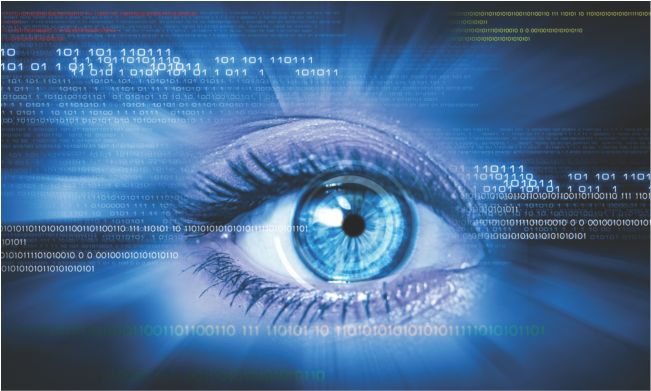CCD Vs CMOS:
CMOS sensors are already superior to CCD sensors. The major difference between both sensors is CCD sensor create images with low noise while CMOS tend to be higher in noise. This does not mean that they are inferior to CCD in any respect. CMOS sensors are already superior to CCD sensors in terms of Power consumption. CMOS sensors have made major strides in recent years in two important parameters for area and line scan cameras, namely image rate and noise level. One of the striking feature of vision sensors is sensitivity CMOS sensors.
Advantage of CMOS Sensors
Though CCD sensors has made covered the history of vision but from last couple of years CMOS sensors become more and more popular. Not all CMOS sensors are same some have large dynamic range. CMOS sensors provide High Frame rate, High resolution, Low power consumption, Improved noise performance, Improved quantum efficiency with strong dynamic performance and good price/performance ratio. A strong advantage for CMOS technology is that it provides digital output and can be controlled at the pixel level in ways that are not possible with CCDs.
Machine Vision Market: Advancement in technology day by day, focusing on Industrial Internet of Things (IIoT) into different industry verticals needs the employment of machine vision sensors for enhancing the efficiency by reducing manual intervention. Machine vision sensor market stands on different parameters, based on products, end user industries and various applications such as Automotive, Electronics, Healthcare, Automotive, Packaging and printing and so on. Among all priority sectors, automotive sector has emerged with major share in 2015 and will dominate the machine vision system market during 2016-2021. Increasing utility of vision sensors in automated application from small scale to large scale market is regulating the markets especially in America and Europe.
According to report buyer, Global market for machine vision (MV) system components will grow from $19.0 billion in 2016 to $30.8 billion by 2021 with a compound annual growth rate (CAGR) of 10.2% for the period of 2016-2021. The optics, lighting and frame grabber market is the largest segment and will grow from $5.6 billion in 2016 to nearly $9.3 billion by 2021, with a CAGR of 10.6%. The camera and smart camera market is expected to increase from $5.0 billion in 2016 to nearly $8.2 billion by 2021, with a CAGR of 10.3%.
The major factors driving the growth of the machine vision market are the increasing need for quality inspection and automation across industry verticals, surge in demand for vision-guided robotic systems in automotive, pharmaceutical, food and packaging, and industrial sectors, and growing demand for application-specific machine vision systems.








